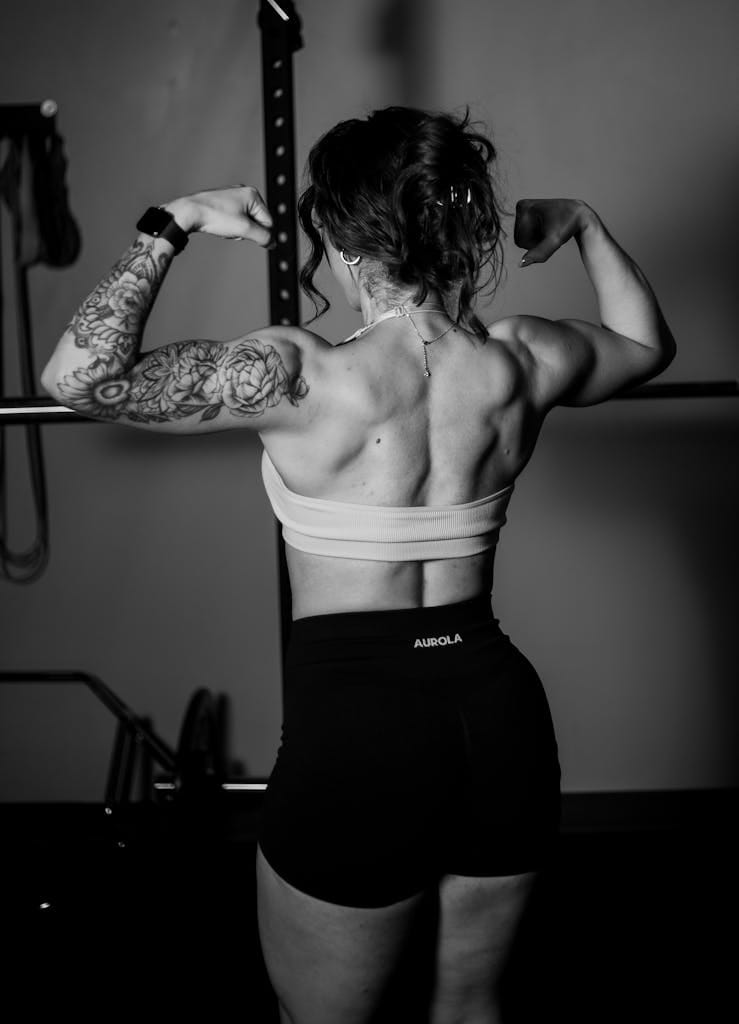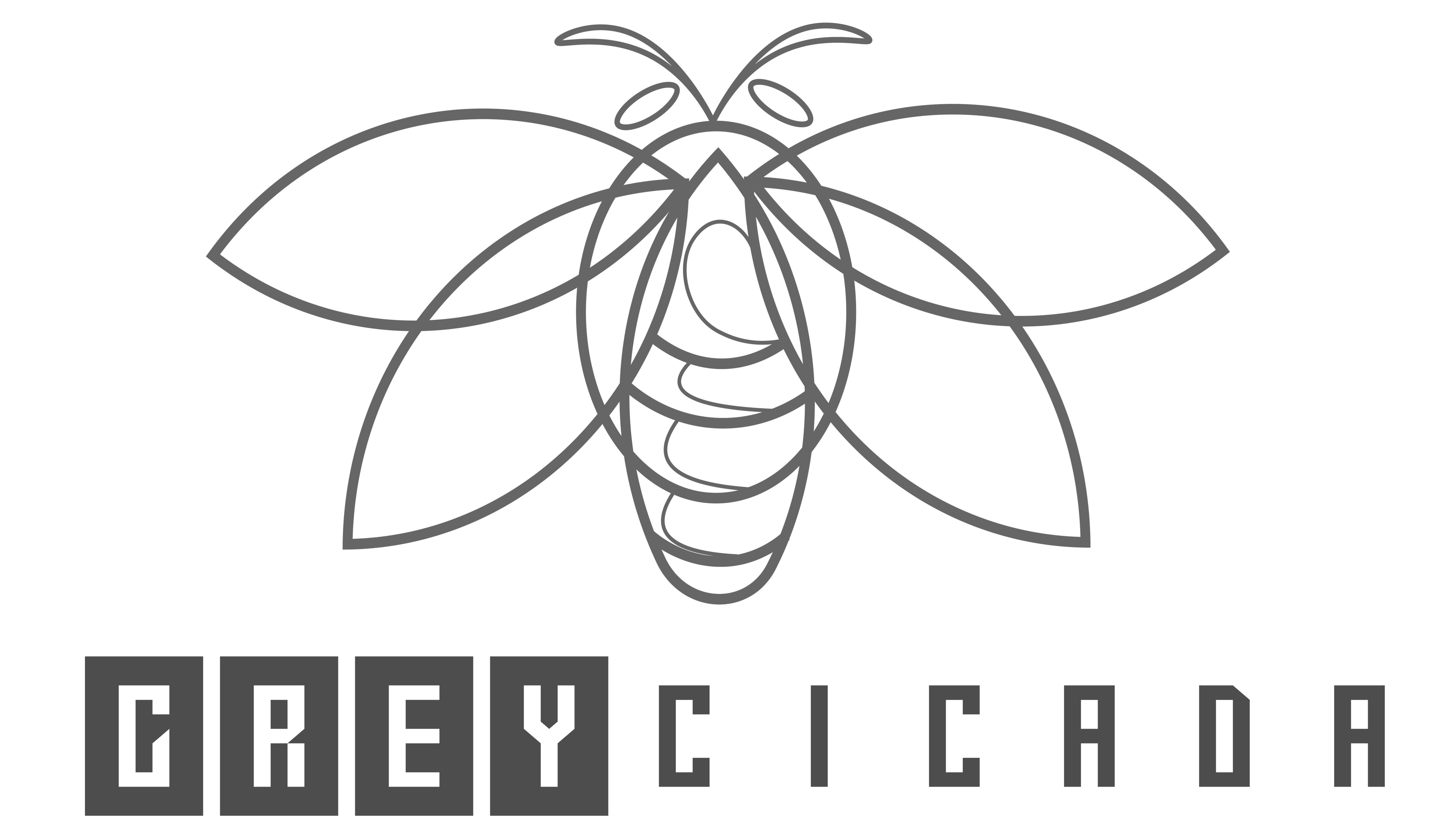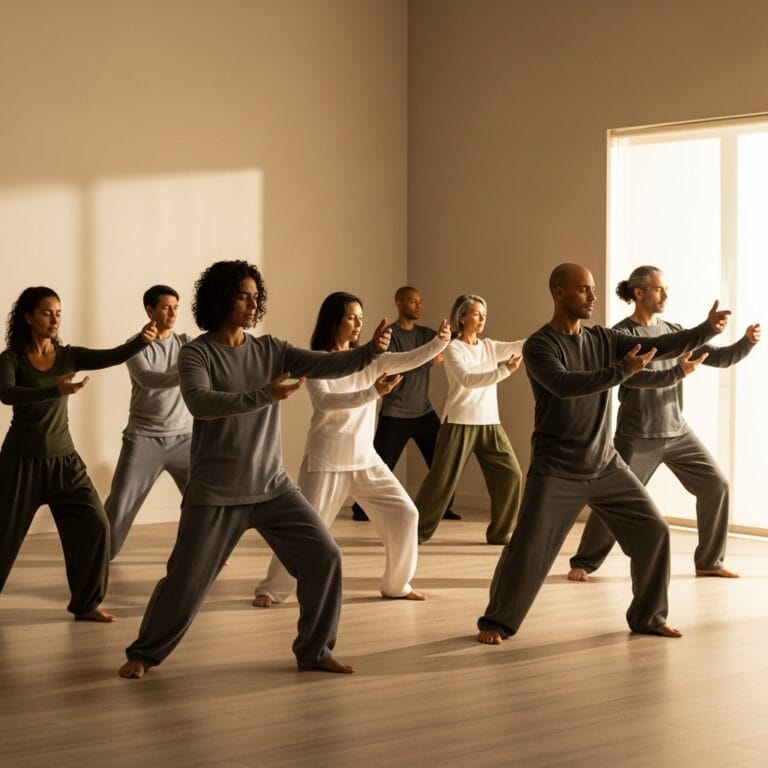FREE SHIPPING OVER $50
This Bodyweight Move Builds a Stronger Backside Than Deadlifts—And Boosts Flexibility Too

When you think about building a powerful, athletic backside, one exercise immediately comes to mind: the deadlift. It is the king of all lifts, a foundational movement that targets your entire posterior chain—the muscles that run from your head to your heels—in one fell swoop. But while the deadlift is undoubtedly effective, it is also a highly technical lift that requires a gym, heavy equipment, and a significant risk of injury if your form is not perfect.
For many people, the deadlift is simply not an option. Perhaps you do not have a gym membership, or maybe you have a history of back pain that makes a heavy barbell intimidating. What if there was a single bodyweight move that could build a stronger, more resilient backside while also boosting your flexibility and athletic performance? It sounds too good to be true, but a growing body of science and sports physical therapists are proving that a seemingly simple bodyweight exercise can deliver results that rival, and in some cases, surpass a traditional deadlift.
The Problem with Deadlifts (And Why You May Need an Alternative)
Before we dive into our alternative, let us be clear: the deadlift is a phenomenal exercise. It is a cornerstone of strength training for a reason. But it is not without its drawbacks, and for many people, those drawbacks outweigh the benefits.
- High Risk of Injury: The deadlift requires perfect form to be safe. A single moment of inattention or a slight rounding of your lower back can lead to a serious injury. This makes it a daunting exercise for beginners or anyone without a coach.
- Accessibility: You simply cannot do a deadlift without a barbell and weights. This leaves anyone without a gym membership, or those who prefer to train at home, without a viable option for building a strong posterior chain.
- A Focus on Maximum Strength, Not Functional Health: While deadlifts build incredible maximum strength, they do not necessarily target the eccentric (lowering) phase of a movement, which is where many athletic injuries occur. This is where our alternative truly shines.
The Nordic Hamstring Curl: Your New Posterior Chain Powerhouse
The Nordic Hamstring Curl is a powerful bodyweight exercise that has long been used by professional athletes to build explosive power and prevent injuries. It primarily targets the hamstrings, glutes, and lower back in a way that is difficult to replicate with other exercises.
The core science behind the Nordic Hamstring Curl is eccentric strength. The eccentric phase of a movement is when the muscle is lengthening under load (think of the lowering phase of a bicep curl). In running and sprinting, your hamstrings are working eccentrically to slow you down. By training your hamstrings to be strong in this specific phase, you make them more resilient and less likely to tear. This is a crucial benefit that deadlifts simply do not provide in the same way. The Nordic Hamstring Curl builds a powerful, resilient backside that is not only strong but also mobile and resistant to injury.
How to Master the Nordic Hamstring Curl (The 3 Keys to Success)
The Nordic Hamstring Curl may look simple, but it is one of the most challenging bodyweight exercises you can do. The key to mastering it is to start with a progression and focus on form.
Rule 1: The Set-Up
You will need a partner to hold your ankles down, or you can secure your feet under a couch, a heavy table, or a bed frame. Get into a kneeling position with your knees bent at a 90-degree angle and your back straight. You can place a cushion under your knees for comfort.
Rule 2: The Movement
This is where the magic happens. Slowly lower your upper body toward the ground, maintaining a straight line from your head to your knees. The key is to control the descent using only your hamstrings. Do not break at your hips or use your back. Once you can no longer control the lowering, use your hands to catch yourself and push your way back up to the starting position.
Rule 3: The Progression
Do not expect to do a full unassisted Nordic Hamstring Curl on your first try. The exercise is incredibly difficult. Start with just the eccentric phase—the lowering. Aim for 3-5 sets of 5-8 repetitions, focusing on a slow, controlled descent. Once you can consistently control the descent, you can progress to trying to pull yourself back up. Over time, you can add sets and reps to continue your progress.
The Unseen Benefits: Beyond Strength and Flexibility
The benefits of the Nordic Hamstring Curl extend far beyond just a strong backside.
- Injury Prevention: This is arguably the most important benefit. Research has shown that athletes who consistently perform Nordic Hamstring Curls have a significantly lower rate of hamstring tears and other lower-body injuries. This exercise builds a resilient posterior chain that can withstand the demands of sports and everyday life.
- Boosts Flexibility: The exercise forces a deep stretch on the hamstrings under a significant load. This is a unique type of flexibility training that can lead to a lasting increase in your range of motion.
- Improved Athletic Performance: The eccentric strength gained from this exercise translates directly to the field. It can lead to faster sprint times, more explosive jumps, and better change-of-direction ability.
- Builds a Better Mind-Muscle Connection: Because the exercise is so challenging, it forces you to focus on the contraction of your hamstrings. This can help to build a stronger mind-muscle connection that will translate to all of your other lifts.
Final Verdict: The Deadlift vs. The Nordic Hamstring Curl
The question is not whether the Nordic Hamstring Curl is “better” than a deadlift. It is a matter of what your goals are. If you want to lift the heaviest weight possible, the deadlift is your exercise. But if you want a bodyweight move that builds incredible functional strength, boosts your flexibility, and builds a backside that is resilient to injury, then the Nordic Hamstring Curl is the best exercise you can do. It is a powerful, accessible, and highly effective tool that can help you build a stronger, healthier backside without ever stepping foot in a gym.
Related Articles
- These 5 Pelvic Floor Exercises Can Transform Your Core, Bladder, and Bedroom—And Most Men Have No Idea
- Want Bigger Glutes and Quads? Science Reveals the Exact Rep Ranges That Actually Work
- This 12-Minute Yoga Routine Reverses Bone Loss Better Than Walking—Doctors Are Stunned
- Men Over 50 Are Building Muscle Faster Than Ever—Here’s the Science Behind the Surge
- Struggling With Tight Hips? These 5 Moves Help You Stay Strong and Mobile as You Age
- This Core Exercise Looks Easy—Until You Try It. Here’s How I Finally Made It Work



